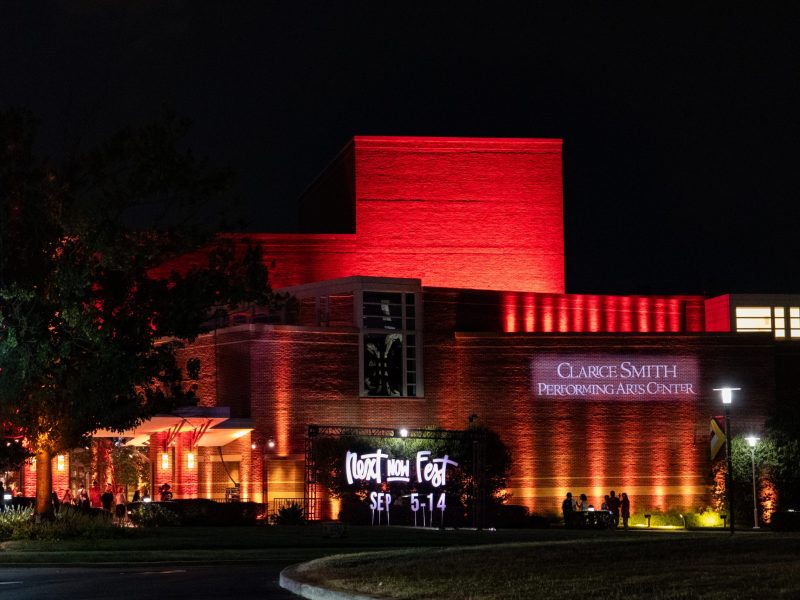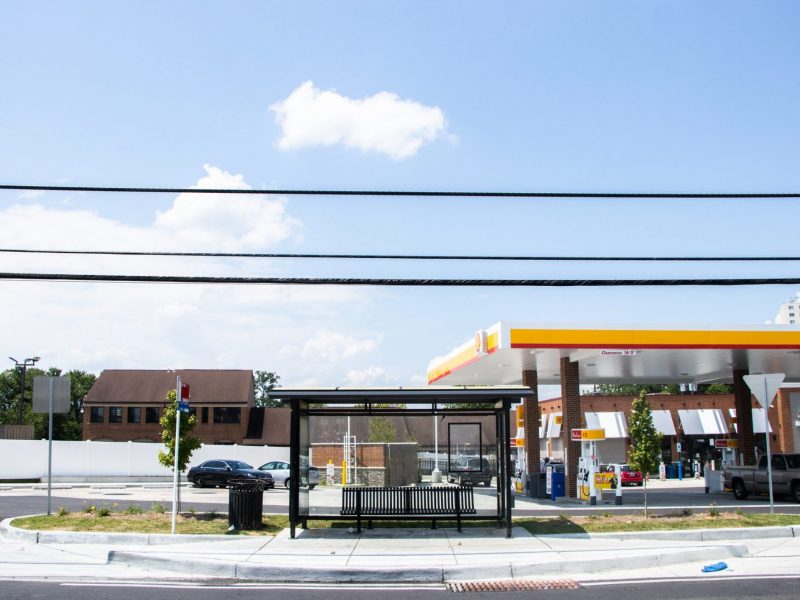A United States Embassy, Smithsonian National Museum, local Metro Station and a University of Maryland sidewalk all have something in common.
While some of these locations ar separated by continent, each have been locations for sculptures created by University of Maryland art professor Foon Sham.
Sham has taught at this university in multiple courses focused on sculpting since 1988. But before he was a professor, he traveled alone across the globe – from Hong Kong to the U.S. – to pursue his dream of becoming an artist.
When Sham first arrived in the U.S., he studied design. Now, his work focuses on large-scale sculptures using wood – a medium he said allows him to share his feelings and emotions with his peers, professors and students.
Sham was introduced to wood when he was in California and said it was “love at first sight.” The individuality and unique aspects of every piece of wood he uses makes the sculptural experience enjoyable, Sham said.
For Kenneth Hilker, Sham’s teaching assistant and a graduate student studying art, Sham’s wood art connects his audience well.
“The shapes and the way they communicate to each other in terms of how they’re constructed and the scale often, I think there’s often a journey that he’s taking you on in his pieces,” Hilker said. “Those are the things I connect with.”
[Maryland Shakespeare Players brings fresh perspectives to known classics]
Last month, Sham premiered his first Washington, D.C., solo exhibition in two years.Titled “Persistence in Color and Form,” the exhibition opened at the Gallery Neptune and Brown.
Hosting a variety of sculpted pieces, some in acrylic color, some left natural and some featuring found wood, there are more than 30 pieces on view until the end of the exhibition on Dec. 2.
“Persistence in Color and Form” is testimony to Sham’s versatility to work at different sizes and colors. The current collection strays from his typical large scale pieces that can range from about 12 to 35 feet.
“This group of work kinda grew out from [the pandemic] and then eventually also reflecting my feelings about climate change to our globe and to our earth,” Sham said.
While this is Sham’s first solo exhibition of the year — and first solo exhibition in the area since 2021 — he also is participating in a group architectural biennial exhibition called “TIME SPACE EXISTENCE” in Venice, Italy, showing until Nov. 26.
To some faculty members in the art department, Sham brings a unique passion to teaching.
Sham’s teaching style incorporates a hands-on approach that lets students collaborate on his projects, according to Brandon Morse, an associate professor and chair of this university’s art department. He has even brought graduate students to foreign countries to help him install his work, Morse said.
“It’s just obvious in the way that he works with the students that he really brings all of his energy in his practice to working with his students,” Morse said.
[‘A Bicycle Country’ delivers a surreal depiction of immigration at Clarice]
To Morse, Sham’s dedication and activeness as an artist make him a great ambassador for the university globally. His sculptures can be found in exhibitions in France and Hong Kong, as well as in the Gallery Place/Chinatown Metro Station.
Throughout his time teaching at this university, Sham said he continues to create and show art while guiding his students through all ends of the art world — even those that are often forgotten. Students often hear about the process of making the art, but Sham said he makes sure to also include more information about what to do post creation. “I keep on making artwork, besides satisfying my own self, to also become what I call a driving force to stimulate my surrounding people which is faculty, graduate students, undergraduate students,” Sham said. “They see what I do and hopefully they get also excited and stimulated to make their work their own work as well.”



